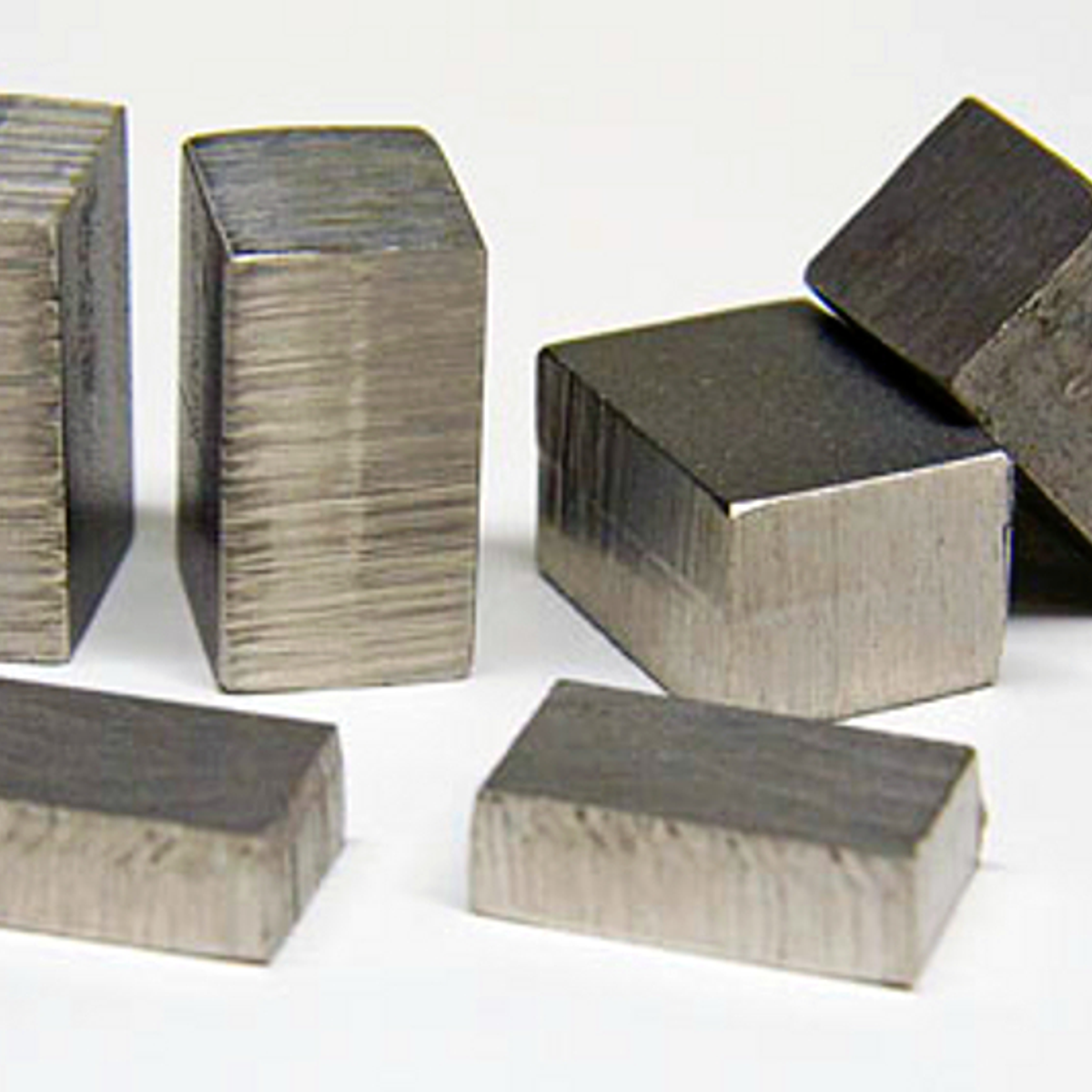Son of an artisan watchmaker, born in 1861, Charles-Édouard Guillaume earned his doctorate in physics from École Polytechnique Fédérale in Zurich in 1883, and immediately found employment with the International Bureau of Weights and Measures in France, where he spent the next fifty-three years, including twenty-one as director. From his earliest research in 1894, Charles-Édouard Guillaume was determined to improve the properties of metal alloys, in particular the ferronickel alloys used in metrology to measure lengths and in time measurement. He tested more than six hundred alloys, including one of iron and 36% nickel which he named “invar” - short for “invariable”. This new alloy, which Guillaume developed in 1896, dilates by a third less than platinum-iridium - until then considered the most reliable metal for use in metrology. As a watchmaker’s son, Charles-Édouard Guillaume was quick to grasp that metals which were unaffected by variations in temperature presented significant advantages for timekeeping precision. Because it is dimensionally stable even when the temperature changes, invar offered an ideal solution for the pendulum rods of precision clocks.
Continuing with his research, in 1912 Guillaume discovered another alloy which he named elinvar - short for “élasticité invariable”. Because of its constant elasticity, this new alloy proved ideally suited for a compensation balance spring which, assembled with a monometallic balance wheel, ensured complete temperature compensation. We also owe him a third alloy, anibal (from “acier au nickel” or nickel-steel), for balance wheels. Charles-Édouard Guillaume was awarded the Nobel Prize in Physics for the entirety of his research in 1920 – a year before fellow countryman, Albert Einstein. He died in Sèvres shortly after retiring, having contributed to the improved reliability of instruments for measuring time and lengths, while prompting the development of precision metallurgy. The alloys he discovered are still used for the thermometers in the tanks of LNG carriers and are fundamental to the subtle alloys from which modern balance springs are made.
1895
Developed invar (short for “invariable”), a nickel-iron alloy used to make pendulums for precision clocks.
1919
Developed elinvar (short for “élasticité invariable”), a nickel-iron-chromium-tungsten alloy used to make balance springs.
1920
Awarded the Nobel Prize in Physics.

